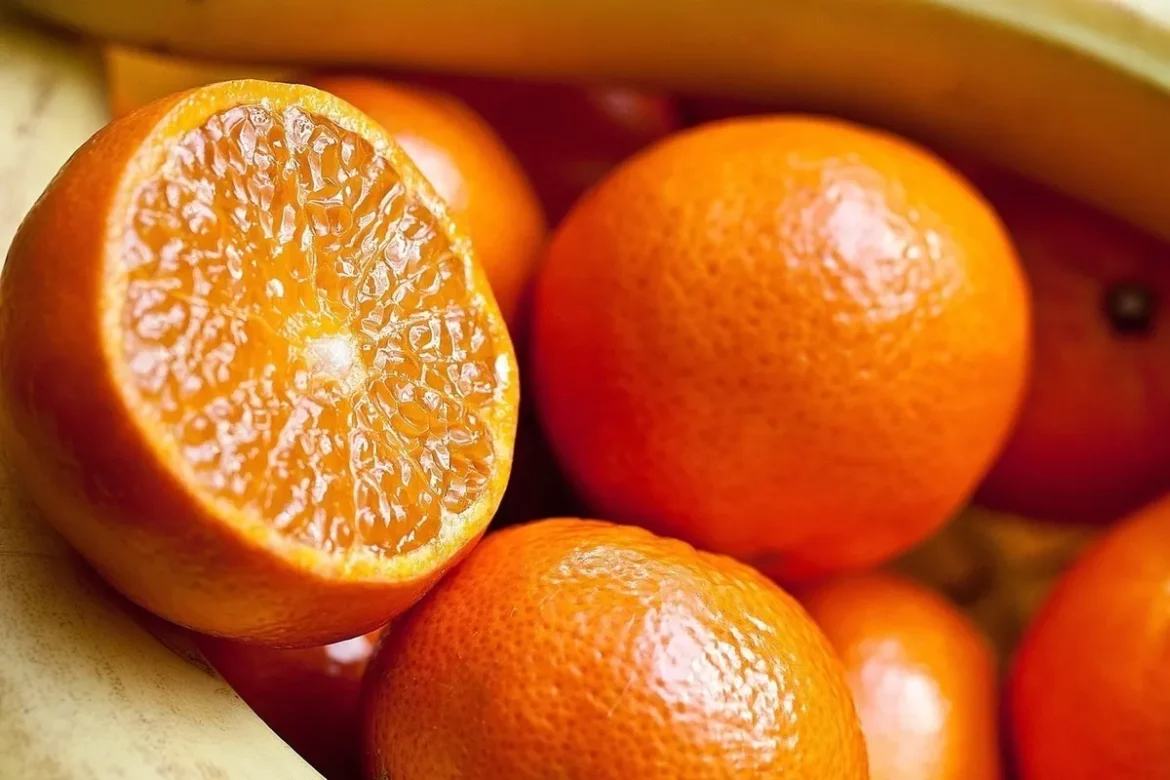When talking about tropical fruits, the Philippines is often mentioned as one of the top producers. With its rich and fertile soil, favorable climate, and vast agricultural lands, the country is known for its abundant fruit harvests. Among the various fruits grown in the Philippines, citrus fruits take a special place due to their immense popularity and economic significance.
Citrus fruits, which include oranges, lemons, limes, and pomelos among others, are not native to the Philippines. However, over the years, these fruits have thrived in the country and become an integral part of local cuisine and agriculture. The demand for citrus fruits is constantly on the rise, both domestically and internationally, presenting a promising business opportunity for farmers and entrepreneurs in the Philippines.
One of the main advantages of growing citrus fruits in the Philippines is the favorable weather conditions. Citrus trees thrive in warm tropical climates, and the Philippines offers exactly that. The warm and humid climate, with its well-defined wet and dry seasons, provides the perfect environment for citrus cultivation. Citrus trees require a high level of sunlight and temperature consistency, which makes the Philippines an ideal location for their growth.

The Philippines also boasts a wide range of citrus varieties, each with its own unique flavor profile and characteristics. Among the most popular types of citrus fruits grown in the country are the calamansi, a small citrus fruit often used in cooking and beverages; the dalandan, which is similar to an orange but with a slightly different taste; and the pomelo, known for its large size and sweet flavor. These varieties, along with others like lemons and limes, offer a diverse range of options for farmers and consumers alike.
In recent years, the demand for citrus fruits in the Philippines has been growing steadily. This is not only due to the increasing popularity of health-conscious diets but also because of the lucrative export market. Citrus fruits are highly valued for their high nutritional content, including vitamin C and antioxidants, making them a favorite among health-conscious consumers. The export market presents a significant opportunity for Philippine farmers to tap into the growing demand for citrus fruits in foreign countries.
Furthermore, the versatility of citrus fruits makes them highly sought after in the food and beverage industry. The unique flavors and acidity of citrus can be utilized in a wide range of applications, including juices, sauces, and desserts. The culinary industry both domestically and internationally relies heavily on citrus fruits for their refreshing taste and versatility in various dishes. This provides an additional avenue for Philippine entrepreneurs to explore the potential of value-added citrus products.

Despite the potential in the citrus industry, challenges remain for those wishing to enter the business. One of the main challenges is the competition from other citrus-producing countries such as China, the United States, and Mexico. These countries have well-established citrus industries and are major players in the global citrus market. However, with proper planning, quality control, and marketing strategies, Philippine citrus farmers can establish a niche market for their produce by focusing on unique flavors and high-quality products.
In conclusion, the citrus fruit industry in the Philippines is a promising business opportunity for farmers and entrepreneurs. With its favorable climate, diverse citrus varieties, growing demand both domestically and internationally, and versatility in culinary applications, the potential for success in this industry is immense. While there are challenges to overcome, with the right strategies and a focus on quality, the Philippine citrus industry can flourish and contribute to the country’s agricultural economy.To capitalize on the opportunities in the citrus fruit industry, farmers and entrepreneurs in the Philippines should consider several key factors. Firstly, selecting the right citrus varieties for cultivation is crucial. Farmers should conduct thorough research to identify locally adapted varieties that have proven to thrive in the Philippines’ climate and soil conditions. It is also important to consider market demand and preferences when choosing the citrus varieties to cultivate.
In addition to variety selection, proper orchard management is essential to maximize yield and ensure high-quality fruits. Citrus trees require proper irrigation, fertilization, and pest control to prevent diseases and maintain the health of the trees. Regular pruning and monitoring for pests and diseases are also vital for maintaining the productivity and longevity of citrus orchards.

Furthermore, the post-harvest handling and processing of citrus fruits play a significant role in maintaining their quality and extending their shelf life. Implementing good handling practices, such as proper cleaning, sorting, and packaging, will help preserve the fruits’ freshness and flavor. Investing in cold storage facilities and transportation systems will also enable farmers to safely transport their produce to local and international markets.
When it comes to marketing citrus fruits, establishing strong relationships with buyers, wholesalers, and retailers is crucial. Participating in trade fairs and exhibitions, both domestically and abroad, can provide opportunities to showcase Philippine citrus products and connect with potential buyers. Building a brand and promoting the unique characteristics of Philippine citrus fruits, such as their distinct flavors and high nutritional content, can also help create a niche market and attract consumers seeking premium quality products.
Moreover, technological advancements can aid in improving citrus production and efficiency. Farmers can utilize modern farming techniques, such as precision agriculture and hydroponics, to optimize resource utilization and reduce environmental impacts. Additionally, the use of remote sensing technologies and data analytics can assist in monitoring citrus orchards, detecting early signs of disease or stress, and making informed decisions for improved crop management.

Lastly, government support and policies are vital to foster the growth of the citrus industry in the Philippines. Providing farmers with access to credit facilities, agricultural training programs, and research and development initiatives can enhance their skills and knowledge, resulting in increased productivity and improved competitiveness. Moreover, ensuring favorable trade agreements and market access for Philippine citrus exports will help expand the industry’s reach and contribution to the national economy.
In conclusion, the citrus fruit industry in the Philippines offers a promising business opportunity. The country’s favorable climate, diverse citrus varieties, growing demand, and versatility in culinary applications create a solid foundation for success. By carefully selecting suitable varieties, implementing proper orchard management practices, and investing in post-harvest handling and marketing, farmers and entrepreneurs can thrive in this industry. With the right support from government and the adoption of technological advancements, the Philippine citrus industry can position itself as a leading player in the global market, bringing economic growth and prosperity to the country.










